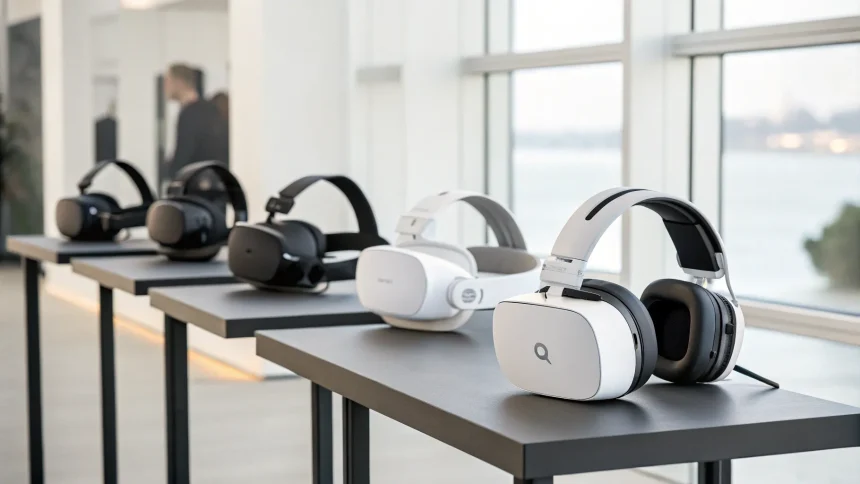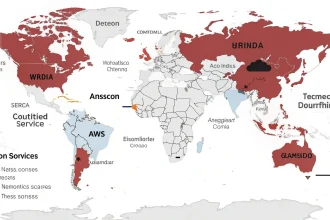Major technology companies have released their newest mixed-reality headsets to consumers, but questions remain about whether these devices represent the final destination or merely intermediate steps toward more advanced technology.
The latest wave of mixed-reality headsets from leading technology firms combines virtual and augmented reality capabilities, allowing users to interact with digital content while maintaining awareness of their physical surroundings. Despite significant improvements in design and functionality, industry analysts are debating if these products are transitional technologies rather than the ultimate form factor.
Current Market Offerings
Several major tech companies have recently launched high-profile mixed-reality products. These devices feature improved resolution, wider fields of view, and more intuitive controls compared to previous generations. Processing power has increased substantially, enabling more complex applications and smoother performance.
The current generation of headsets addresses some long-standing issues with earlier virtual reality products, including reduced weight, better battery life, and less isolation from the physical environment. Prices remain high, however, with most premium headsets costing between $500-3,000, limiting mass market adoption.
Technical Limitations
Despite advances, current mixed-reality headsets still face significant challenges:
- Form factor remains bulky compared to regular eyewear
- Battery life typically ranges from 2-3 hours of active use
- High-quality content remains limited in some categories
- Many users report discomfort during extended sessions
These limitations suggest that while impressive, today’s headsets may not represent the final evolution of the technology. “The current generation solves many problems but creates new ones,” notes one industry observer. “The ideal mixed-reality device would be indistinguishable from regular glasses in size and weight.”
The Road Ahead
Technology roadmaps from major companies indicate that current headsets may indeed be stepping stones to more refined products. Research and development teams are working on miniaturizing components, extending battery life, and creating more natural user interfaces.
Several companies have filed patents for contact lens-based augmented reality systems, glasses that are nearly identical to traditional eyewear, and even neural interfaces that could bypass physical displays entirely. These technologies remain years or even decades from commercial viability, however.
“We’re seeing the smartphone equivalent of the BlackBerry era right now,” said one technology analyst. “These devices work and have practical applications, but the form factor will likely evolve dramatically over the next decade.”
Consumer and Enterprise Adoption
While consumer adoption remains modest, enterprise use cases have shown more immediate promise. Companies are implementing mixed-reality solutions for training, remote assistance, design visualization, and maintenance procedures.
The gaming and entertainment sectors continue to drive consumer interest, though social applications are gaining traction as the technology improves. Education and healthcare applications are also expanding as the platforms mature.
For average consumers, the question remains whether to invest in current technology or wait for future iterations. The significant investment required for today’s headsets may be difficult to justify if substantially improved versions arrive within a few years.
As the technology sector continues its push toward mixed reality, consumers face a familiar technology adoption dilemma: embrace the current generation of products with their inherent limitations, or wait for the next evolution that promises to be smaller, lighter, and more capable. For now, the mixed-reality landscape remains in flux, with today’s headsets representing an important but likely temporary stage in the development of how humans interact with digital information.









